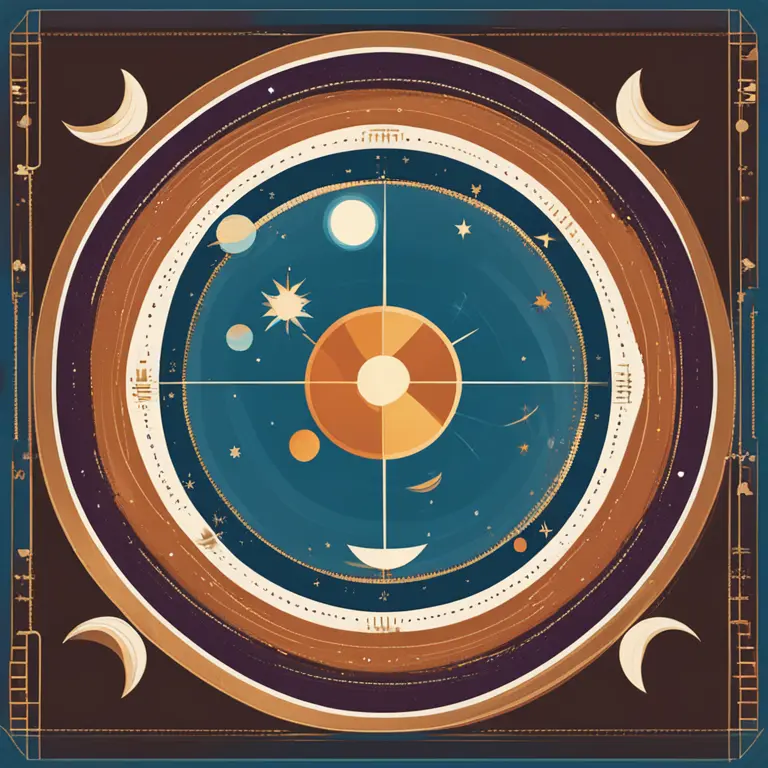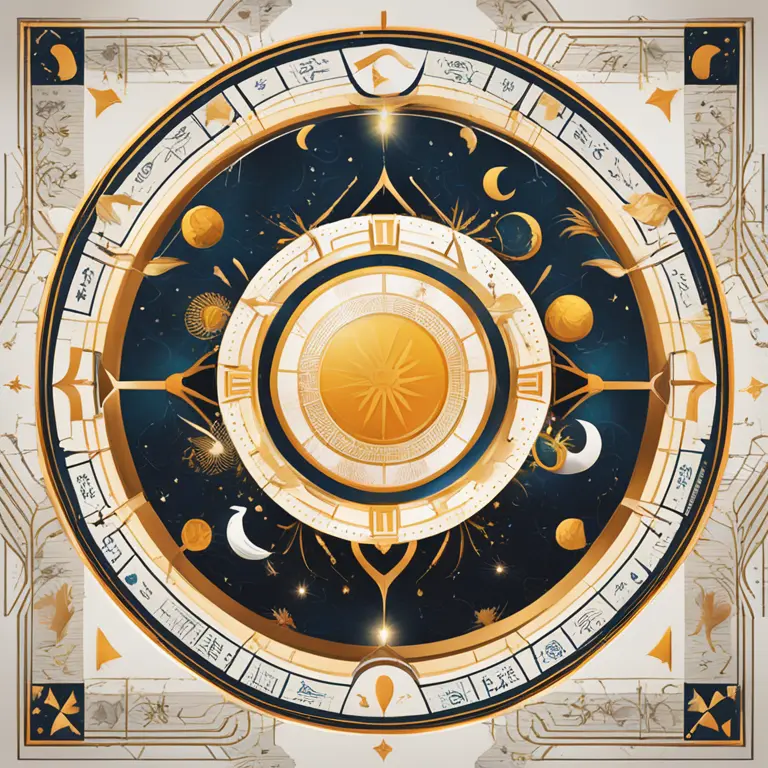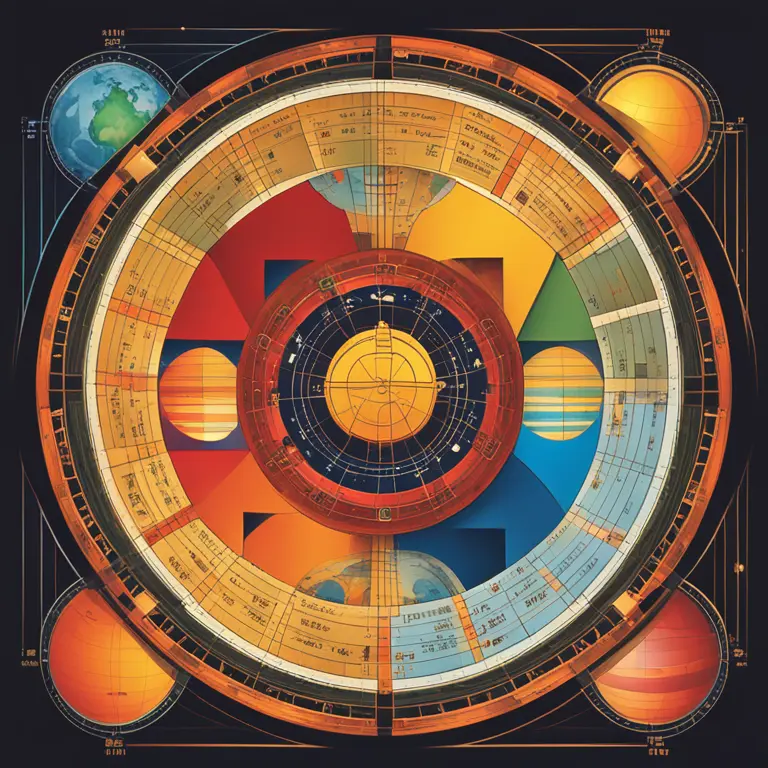
Your Astrological Birth Chart Map: A Celestial Blueprint
Discover how your birth chart serves as a celestial blueprint of your personality, potential, and path in life, guiding you through astrology’s cosmic insights.
article by Priya Deshmukh
Birth Chart Basics
A birth chart, also known as a natal chart, is a snapshot of the sky at the exact moment you were born. It serves as a celestial blueprint of your existence, capturing the positions of the sun, moon, planets, and other astrological elements in relation to the twelve zodiac signs. This intricate map is your unique cosmic fingerprint that astrologers scrutinize to infer traits, inclinations, and life events. Astrology enthusiasts believe each celestial body's position holds profound insights into one's personality and life's journey.

The Zodiac's Role
The zodiac is integral to interpreting your birth chart. It features twelve signs, each covering 30 degrees of celestial longitude, associated with distinctive characteristics and energies. Your Sun sign represents your core identity, while the Moon sign denotes emotional inner workings. The Rising sign, or Ascendant, often mirrors the mask you present to the outside world. Understanding the interplay between these celestial territories can offer nuanced appreciations of your innate tendencies and latent potential.

Planetary Influence
Planets in astrology are viewed as life force carriers, each symbolizing different facets of our experiences. Mercury influences communication, Venus governs love and beauty, and Mars oversees ambition and conflict. The outer planets, like Jupiter and Saturn, dictate broader life themes such as growth, structure, and societal norms. Astrologers analyze the planets' positions and their angular relationships, known as aspects, to delineate a narrative of personal development and growth.

Houses and Hemispheres
The birth chart is sectioned into twelve houses that correlate with life aspects, ranging from identity and values to career and partnerships. The distribution of planets across these houses offers clues to areas of life that may be focal or challenging. Additionally, the chart is bisected into Eastern and Western hemispheres, reflecting a balance between self-assertion and collaboration with others. Understanding this layout is fundamental to harnessing your chart's insights.

A Moment in Time
Your birth chart epitomizes a cosmic pause button, capturing the heavens' configuration at your first breath. It is unchangeable and timeless, yet as the planets continue their orbits, they form transits with your natal chart positions, activating different potentials within your chart. These transits can signal periods of change, growth, and occasionally upheaval, underlying the dynamic relationship between our static natal chart and the ever-moving cosmos.
Interpreting Your Chart
Interpreting a birth chart is a complex endeavor that melds celestial mechanics with symbolic storytelling. While horoscope columns and online calculators can offer snippets, a nuanced reading from an experienced astrologer provides depth and personal relevance. They consider not just the chart's components but the synergy between them – how the presence of one planet in a particular house might amplify or mitigate another's influence.
The Road Ahead
As we march into 2024 and beyond, the art of astrology evolves with fresh interpretations and methodologies. Progressive forms of astrology enrich traditional practices, incorporating asteroids, fixed stars, and other celestial points into birth chart readings, offering a more granular view of the skies. While some regard astrology as a science and others as an art, all can agree it provides a unique lens through which to contemplate our existence.
Published: 1/22/2024
Modified: 1/23/2024
More predictions
Come back here soon to learn more about yourself and your future


The Essence of Your Birth Chart
Delve into the cosmic blueprint of your personality through the lens of your unique birth chart, guiding your journey through life's astrological influences.


Astrology & Birth Chart: A Cosmic Blueprint
Delve into the significance of your birth chart and how it provides personalized insights into your life, character, and future.


Your Birth Chart Discovered
Delve into the essence of astrological birth charts and discover the influence of celestial bodies on your life journey.